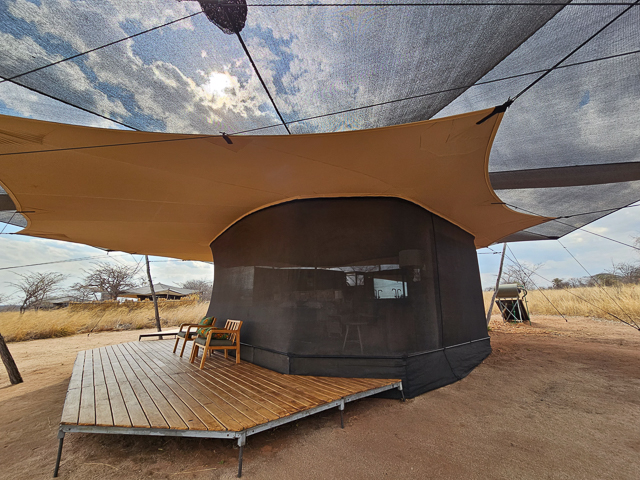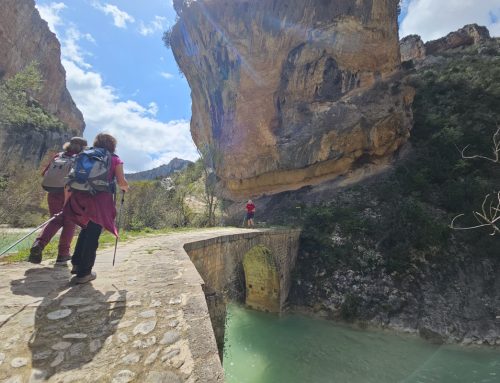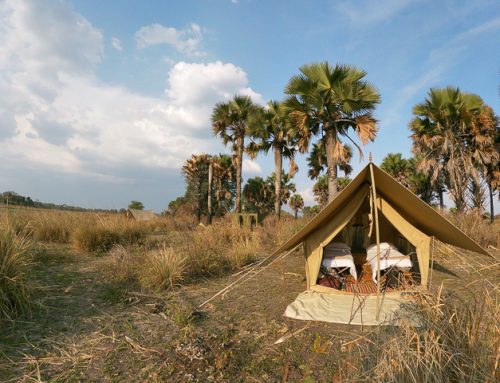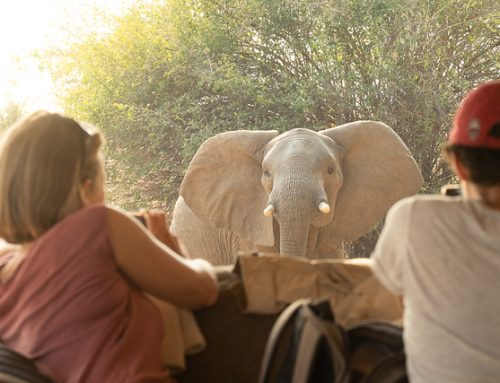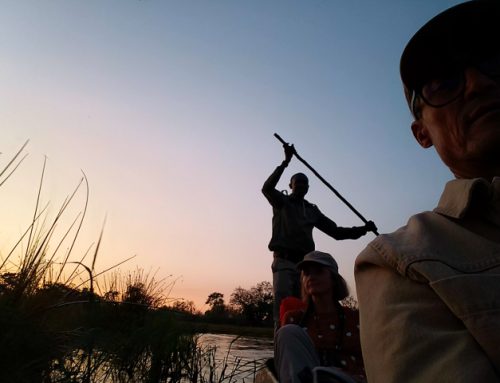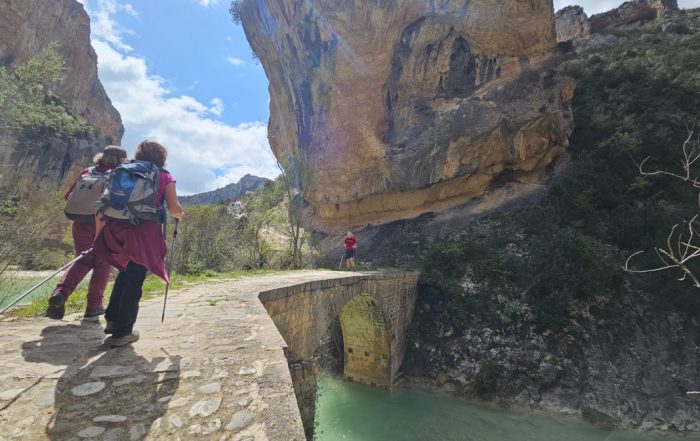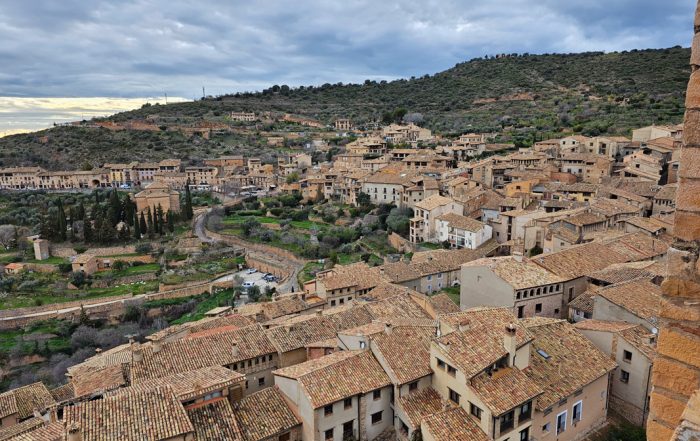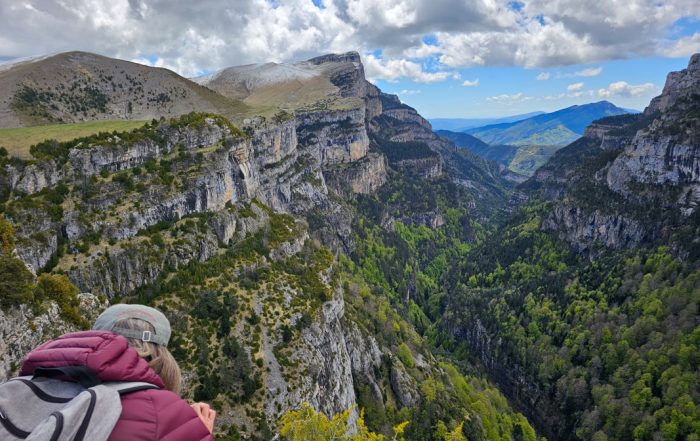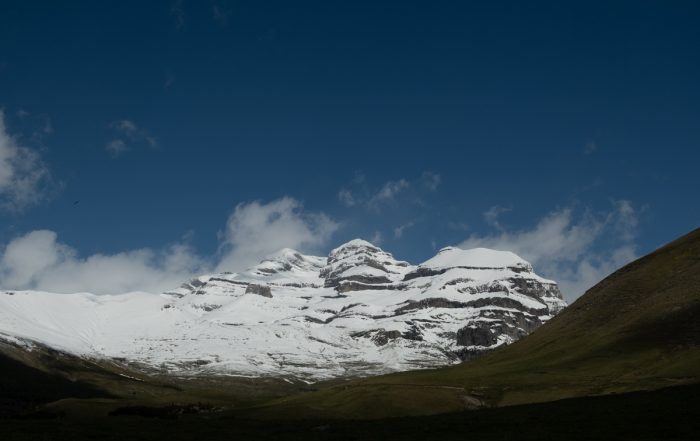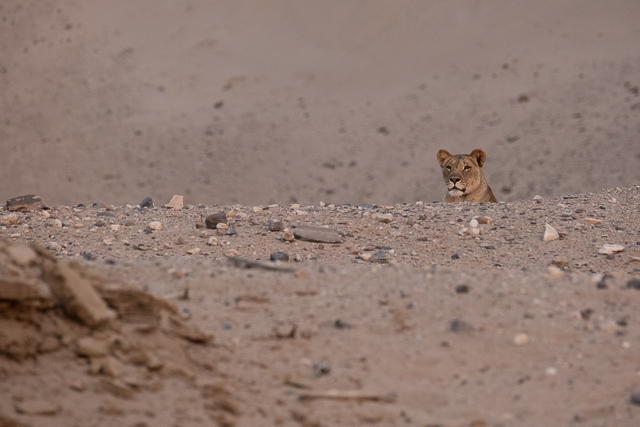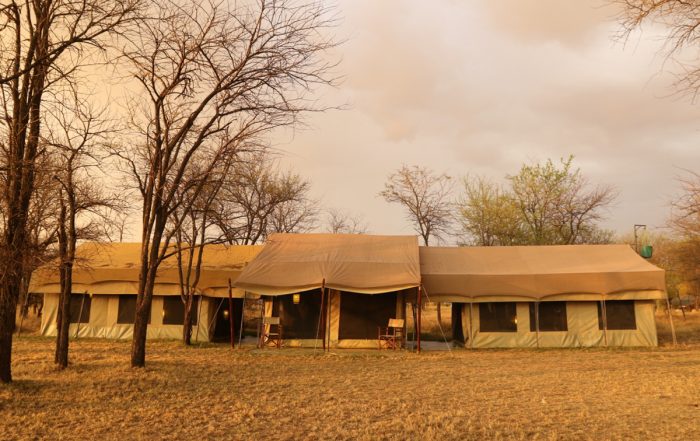Ruaha National Park is Tanzania’s second largest and is undoubtedly one of my favourite parks. It covers an area of 20,226 km2 (7,809 sq mi), which is larger than Denali National Park and is more than twice the size of Yellowstone.
Years ago we would seasonally set up a camp in the central part of the park on a bend of the Mwagusi Sand River. It was a magical area dominated by the most extensive baobab forests I have ever seen. Baobab trees are characteristic huge, gnarled trees which are sometimes referred to as the “upside down tree” because they drop their leaves in the dry season to conserve water. The area is also known for its herds of elephants. They dig for water in the sand rivers, enabling other water dependent wildlife to live there too. The park has several species of mammals that are not easily seen in other parts of East Africa, and two of these are the sable and roan antelope. I have been guiding safaris in Ruaha since the early 1990s and I have only seen sable there a couple of times. We used to see roan regularly in the park near the old ferry, but they have not been seen in years.
Gillian had not been back in Ruaha for quite a few years and in 2008 the park was expanded to incorporate Usangu Game Reserve. This is an area I had never seen. Last year a seasonal camp was set up there by Asilia, so we were really keen to have a look and see if there may be potential for including it in some of our itineraries.
Usangu Expeditionary Camp is about 2 hours drive west from the nearest airstrip. We arrived in camp in the afternoon. I would describe the camp a fusion of modern and rustic minimalist styles. The main dining lounge tent is simply a shaded cool space created by having a large fly sheet over a raised wooden deck. Meals are enjoyed in the shade during the day, and in the open, under the stars at night. Each accommodation tent is built on a raised wooden deck, and like the main area comprises a large fly sheet for shade.
Asilia endeavour to employ people from the neighboring villages so they benefit directly from the project. The signs to the various areas of camp are brightly colored Tinga Tinga style (a uniquely Tanzanian style of art) painted signs. They set up the Douglas Bell Research Centre in the camp too. Guests are lent a trip camera during their stay to help record wildlife activity. Our guide Sanging´o, who was born in the area, helped us set up the cameras and downloaded the images for us before we left.
I expected the wildlife in the area to be sparse. Similar areas that have had so many years of hunting with minimal government supervision, frequent grazing by cattle, incursion by ivory and meat poachers, rice cultivation and other commercial activities tend to take many years to recover. Asilia is the first photographic tourism operator to set up here since Usangu was incorportated into Ruaha.
The afternoon we arrived I went on a game drive out onto the flood plains with Sanging´o. Within half an hour we had seen two fantastic groups of sable antelope, one a male and his harem, and another group of bachelor males! I was amazed. During our stay we saw plenty of game there, including roan, elephant, cheetah, hippo, reedbuck, waterbuck, impala… In fact I could run off a long list.
One afternoon we went on a hike along the Ruaha river, a very different area to the flood plains. We saw lots of crocodile and hippo, fantastic water birds including goliath herons, malachite and pied kingfishers, and we came across herds of elephants coming down to drink. They did not seem too nervous. We hiked for a couple of hours to Asilia´s Trails camp. This is a fly camp, or a very mobile lightweight camp, with a large bed inside a rectangular mosquito netted tent and a separate canvas screened shower and dry flush loo. These were set up for us on the banks of the Ruaha river. We dined under the stars by the campfire as dinner was being cooked. Hippos wheeze honked and hyaenas whooped during the night.
The last evening Sanging´o showed us the photos the camera traps had taken. They included the two cheetahs we had seen during the day, impalas, a jackal, a serval cat, a civet and a honey badger.
We left feeling that this area is a wonderful addition and contrast with the central part of the park. It would be a great combination, and hopefully this will not be my only visit to Usangu.
Justin 2023

